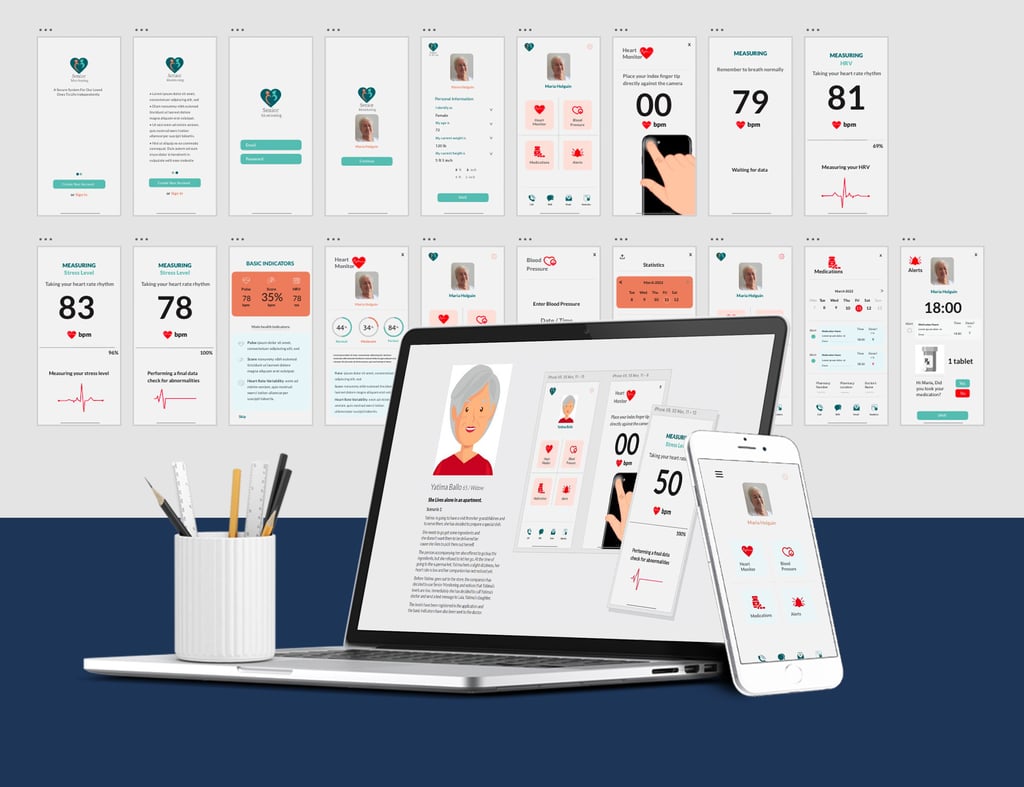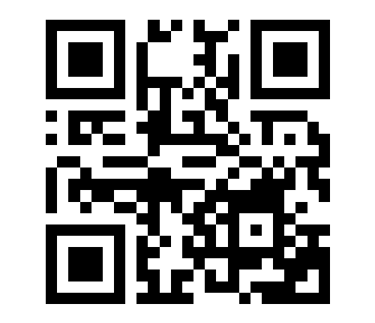Enhancing User Experiences
The UX Design Difference
Ana Collazos
11/2/20234 min leer


In today's digital age, user experience (UX) design has become a critical factor in the success of websites, apps, and digital products. A well-crafted UX can mean the difference between user satisfaction and frustration, engagement and abandonment. In this comprehensive guide, we will explore the world of UX design, its importance, and provide in-depth examples and ideas for enhancing user experiences.
Understanding UX Design
User Experience (UX) design revolves around creating a seamless, enjoyable, and meaningful interaction between users and digital products. It's about putting the user at the center of the design process and ensuring that the product meets their needs and expectations. Effective UX design considers the entire user journey, from their first interaction with the product to their ongoing relationship with it.
The UX Design Process
Before we delve into specific examples and ideas, let's understand the UX design process. It typically consists of the following phases:
1. Research: This is the foundation of UX design. It involves understanding the target audience, their needs, and the problems the product aims to solve. User research, surveys, and competitor analysis are common activities at this stage.
2. Planning: In the planning phase, UX designers create user personas, set goals, and establish the information architecture. This phase sets the direction for the design process.
3. Design: Here, designers create wireframes, prototypes, and user interfaces. The goal is to translate the insights from the research phase into visual and interactive elements.
4. Testing: Design prototypes are tested with real users. This phase helps identify issues, gather feedback, and make necessary adjustments.
5. Implementation: Once the design is refined, it's handed over to developers for implementation. Continuous collaboration between designers and developers is crucial to maintain the integrity of the design.
6. Evaluation: Post-launch, the product's performance is continuously monitored. User feedback, analytics, and A/B testing can inform future improvements.
Now that we've established the UX design process, let's explore specific examples and ideas for enhancing user experiences:
Sample 1: Mobile App Navigation
Imagine a mobile app that offers a clear and user-friendly navigation experience. The layout is intuitive, and users can easily find the features they need. Elements are positioned logically, reducing the need for excessive scrolling or searching.
Ideas for Improvement:
Implement a bottom navigation bar for quick access to primary features.
Use recognizable icons to represent actions and functions.
Minimize the number of clicks or taps needed to perform common tasks.
Sample 2: E-commerce Checkout Process
In an e-commerce platform, the checkout process is a crucial element of the user journey. A well-designed checkout experience ensures a smooth and secure transaction.
Ideas for Improvement:
Implement a guest checkout option to reduce friction for first-time users.
Offer multiple payment methods for user convenience.
Provide clear progress indicators to guide users through the steps.
Allow users to review and edit their cart before finalizing the purchase.
Sample 3: Social Media Feed
A social media platform with a well-designed feed offers an engaging and personalized experience. Users can easily discover content, connect with others, and share their own updates.
Ideas for Improvement:
Implement algorithms that show relevant content based on user interests and interactions.
Provide filtering options to allow users to customize their feed.
Integrate features for liking, commenting, and sharing content seamlessly.
Sample 4: News Website
A news website with an effective UX design offers readers a smooth and efficient way to access information. Users can quickly find headlines, browse articles, and explore various topics.
Ideas for Improvement:
Use a clean and uncluttered layout for easy reading.
Provide clear navigation menus and categorization of articles.
Offer options for saving articles and creating personalized reading lists.
Enable users to adjust text size and background colors for accessibility.
The UX Design Difference: Why It Matters
Why does UX design make such a difference in the digital landscape? Here are some key reasons:
1. User Satisfaction: A seamless and enjoyable user experience leaves users satisfied, encouraging them to return and engage with the product again.
2. Reduced Abandonment: Frustrating user experiences lead to high abandonment rates. Users will quickly leave a platform if it's challenging to use.
3. Increased Engagement: Engaging UX designs keep users coming back for more. Interactivity, gamification, and intuitive interfaces contribute to higher engagement.
4. Enhanced Brand Reputation: A positive UX reflects well on your brand. Satisfied users are more likely to recommend your product or service to others, bolstering your brand's reputation.
5. Better Conversion Rates: In e-commerce, a user-friendly UX design can significantly boost conversion rates. When the purchasing process is straightforward, users are more likely to complete transactions.
Ideas for Improving UX Design
Now, let's explore practical ideas for improving your UX design:
1. User-Centered Design: Always put the user at the forefront of your design decisions. Consider their needs, goals, and pain points throughout the design process.
2. Accessibility: Prioritize accessibility in your design to ensure that all users, including those with disabilities, can access and use your product comfortably.
3. Usability Testing: Regularly conduct usability testing with real users to identify issues, gather feedback, and refine your design.
4. Consistency: Maintain design consistency across your digital product. Consistent layouts, color schemes, and typography contribute to a more intuitive and cohesive user experience.
5. Mobile Optimization: Optimize your design for mobile devices. Given the prevalence of smartphones, a mobile-friendly design is no longer optional.
6. Analytics and Data: Use data and analytics to inform your design decisions. This can help you identify areas that need improvement and monitor the impact of design changes.
7. User Feedback: Encourage and gather user feedback throughout the product's life cycle. User insights are invaluable for making informed design adjustments.
Conclusion
In a digital world where users have a myriad of choices, UX design can be the key differentiator. A superior UX design not only sets you apart but also ensures that your digital product thrives in a competitive online landscape.
By implementing user-centered design, prioritizing accessibility, conducting usability testing, maintaining consistency, optimizing for mobile devices, using data and analytics, and gathering user feedback, you can elevate your UX design. In doing so, you create an experience that resonates with users, keeps them coming back, and fosters long-term loyalty.
Remember that a remarkable UX design is not just a design choice; it's a commitment to providing your users with a positive, engaging, and satisfying experience. In the end, the UX design difference can lead to increased user satisfaction, reduced abandonment rates, higher engagement, and a positive impact on your brand's reputation.




